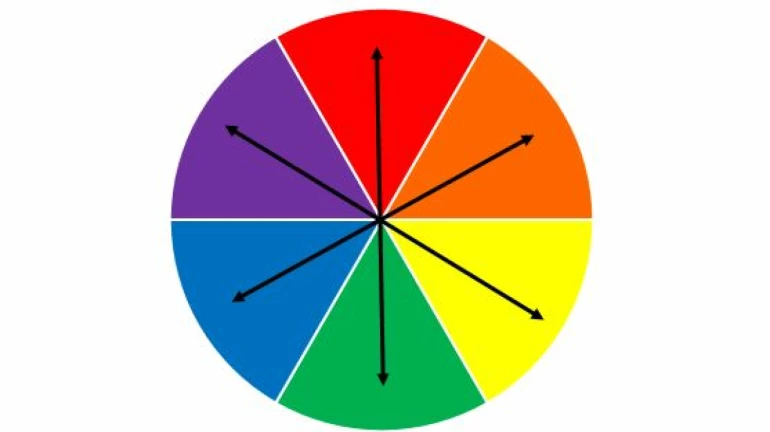
The color wheel is an important tool to begin a wall painting project. A color wheel is a diagrammatic tool that consists of different colors and shades. While there are numerous colors that you can derive from the color wheel, there are basically twelve colors. Every color is made by mixing two colors or more. Check out painting service in Mumbai to get the perfect colors for your home at the right price.
The Basic Colors
There are twelve basic colors that are divided into the following three categories-
1. Primary colors- These three colors cannot be made by mixing any other colors namely red, blue and yellow.
2. Secondary colors- These three colors can be made by mixing the primary colors. Red and yellow make orange. Blue and yellow make green. Red and blue make purple.
3. Tertiary colors- The rest of the six shades in the color wheel can be made by mixing the primary as well as secondary colors.
Changing colors
After selecting a basic color, you need to pick the right shade, tint, or tone. Neutral colors like white, black, and grey are added to the basic colors to get different shades and tints. They made the colors lighter or darker.
1. The shade of the color is changed by varying the quantity of black color.
2. The tone is a slight gradation of the color that is obtained by varying the color gray.
3. The tint is the level of lightening the color by adding white to it.
Neutrals can have a drastic effect on the color and its hue. One should be careful about choosing the right tint, shade, and tone of the color before beginning a paint project.
Color Temperature
The color temperature is an important marker of the type of color to understand its vibe in a space. Warm colors are distinguished by hues of reds, oranges, and yellows. As the name suggests, they evoke a sense of energy and vibrancy in the house. Warm tones are considered to have a better sense of comfort and coziness.
Cool colors are at the opposite end of the spectrum. Blue, greens, and purples are cool colors. They have a sense of calmness and relaxation. They also give a larger sense of space than warm colors. Have a look at waterproofing service in Mumbai to protect your walls from the harsh weather.
There are a variety of color schemes that you can use. Complementary color schemes are preferred monochromatic or multi-colored schemes. In a complementary scheme, there is one dominant shade that is complemented or accented by another color. The accent color is often to be of great contrast to the main color and used in small spaces to highlight specific elements.
Using the right balance of all these colors is considered to be very important for good interior decor. You should understand what kind of color can be best for space according to the lighting and the area that has to be painted. Choosing the right shade and color temperature can also be a determining factor to set the vibe of the room.





